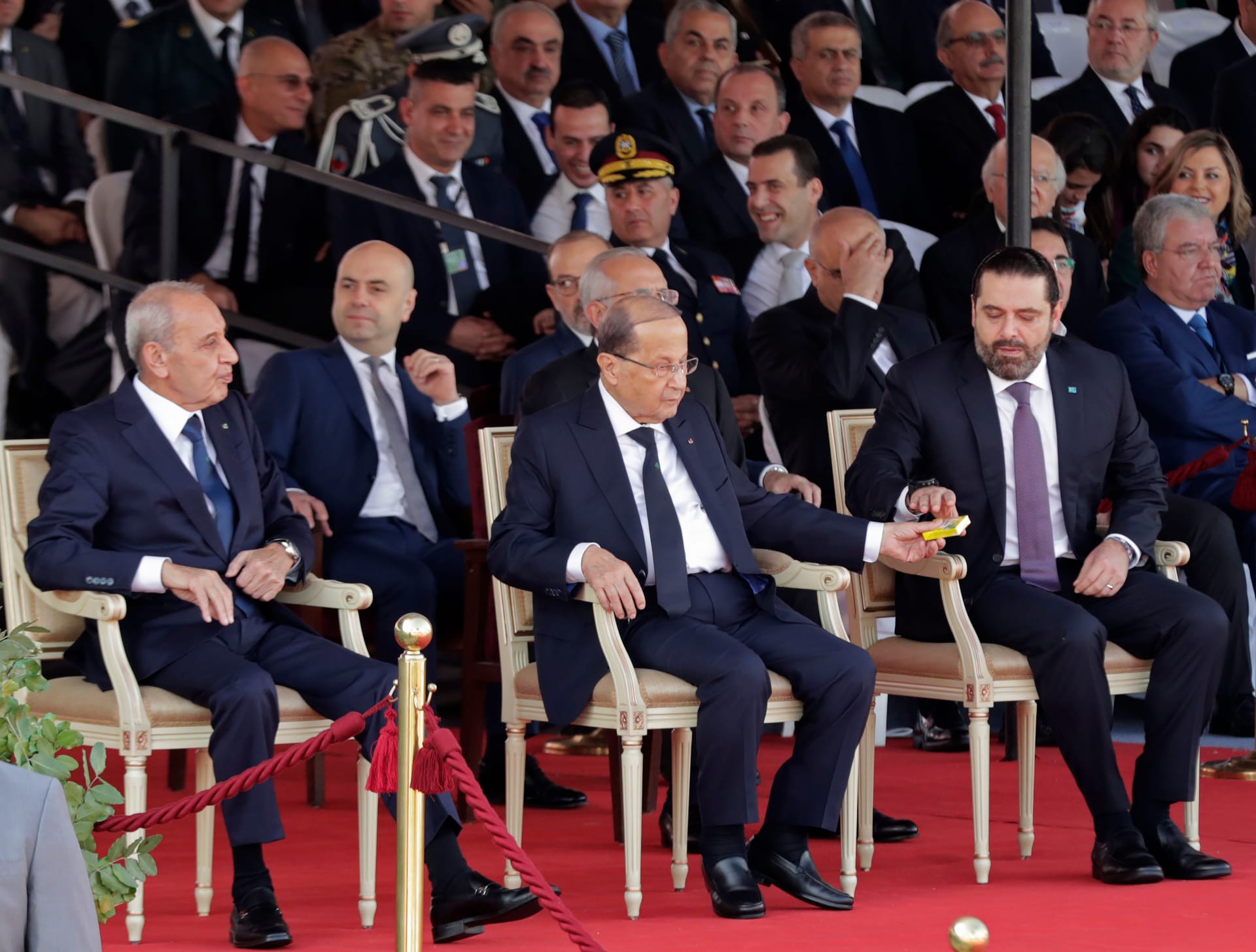هذا المقال بقلم الأستاذ الجامعي والكاتب اللبناني الدكتور سناء أبو شقرا، والآراء الواردة أدناه تعبر عن رأي الكاتب، ولا تعكس بالضرورة وجهة نظر شبكة CNN.
قد يعجب مراقب الوضع السياسي في لبنان من هذه السهولة في تحول أي خلاف صغير، كالخلاف على مقعد وزاري، إلى معضلة تعطل تأليف حكومة، وتشل السلطة، وتغرق البلاد في أزمة حكم.
الجواب السهل هو ارتباط القوى الداخلية بأطراف إقليمية أو دولية متصارعة. إلا أن هذا الجواب يستفز سؤالا آخر: لماذا تغلب القوى السياسية علاقاتها مع الخارج على المصالح العليا للوطن؟ يكمن الجواب في البنية الاجتماعية اللبنانية، في طبيعة قوى السلطة ودورها، وفي الشروط التاريخية لتكون لبنان بصيغته الراهنة، عموما.
1- كانت أرض لبنان، هذا البلد الصغير ذو الموقع الجيوسياسي المميز، مسرح صراعات ضارية بين قوى تفوقه حجما وقدرة، منذ بداية التاريخ المكتوب حتى اليوم. وفي كل صراع، تقريبا، كان سكان البلاد ينقسمون تبعا للانتماءات أو المصالح، إلى جانب هذا الطرف أو ذاك. ولا ينتهي الصراع الداخلي إلا عندما تحسم المعارك بين الكبار في الخارج.
قيام الدولة اللبنانية "الحديثة" بعد الحرب العالمية الأولى كان بدوره نقطة تقاطع بين انتدابين على المشرق، إنجليزي وفرنسي، وبعد 20 سنة من الانتداب وجد اللبنانيون أنفسهم موحدين في طلب الاستقلال، ولكن للحظة لا أكثر. تكررت هذه اللحظة سنة 2005 إبان انتفاضة الاستقلال الثاني، لرفع الهيمنة السورية وخروج الجيش السوري من لبنان. وسرعان ما عاد الانقسام الداخلي الحاد مرة جديدة، تحت عنوان أي لبنان نريد؟ أي دور لهذا البلد في الصراع الإقليمي؟ هو نفسه السؤال الذي كان سببا في حرب أهلية دامت عقدين ونيف، ولم يجد اللبنانيون جوابا نهائيا عليه بعد.
لحظات من التوحد تليها سنوات من الانقسام. السبب؟ أن الطبقة السياسية التي حكمت لبنان لم تعرف أو لم تشأ أن تؤسس مصالح عليا مشتركة، وطنية، كما في دول العالم الجديرة باسم الدولة. حكام لبنان ينقسمون ويقسمون "شوارعهم الطائفية" عند أول خلاف على السلطة، وصولا، بكل سهولة إلى شفير الحرب الأهلية لأن ما هو مشترك بينهم أصغر من عناصر خلافهم. وبالتالي لا توجد حدود وضوابط للصراعات، ولا حماية طبعا لمفاهيم الانتماء الواحد والهوية الوطنية، والشراكة المجتمعية.
2- اقتصاد لبنان ضعيف الارتباط بسوقه الداخلية. حتى في أيام مجده كان الإنتاج الصناعي والزراعي لا يشكل سوى 20% من مجمل الناتج المحلي. هذا العامل يضيف سببا قويا إلى الهشاشة العامة للبنية اللبنانية، ويفاقم ضعف مناعتها إزاء إغراء الخارج أو ترهيبه.
3- الطبقة الوسطى التي تشكل القاعدة الواسعة "للدولة الحديثة"، منيت بنكسات بالغة الخطورة خلال الحرب الأهلية وفي مرحلة الوصاية السورية. والنخب "الثقافية" التي خرجت من صفوفها وبدت، لوهلة، في مرحلة حكم الرئيس فؤاد شهاب 1958-1960، مؤهلة للعب دور ضابط إيقاع سياسي، هذه الطبقة انهارت ودفعت إلى اليأس والهجرة، أو إلى الالتحاق بالمشاريع الطائفية للزعماء الأقوى نفوذا.
السلطة في أزمة والبدائل في حالة خدر وغياب. وحتى يوم الانتخابات التشريعية، المفترض أن يكون خطوة نحو إعادة تشكيل السلطة، كان يوم ترميم عظامها التي لم تعد تحتمل أي ترميم.
